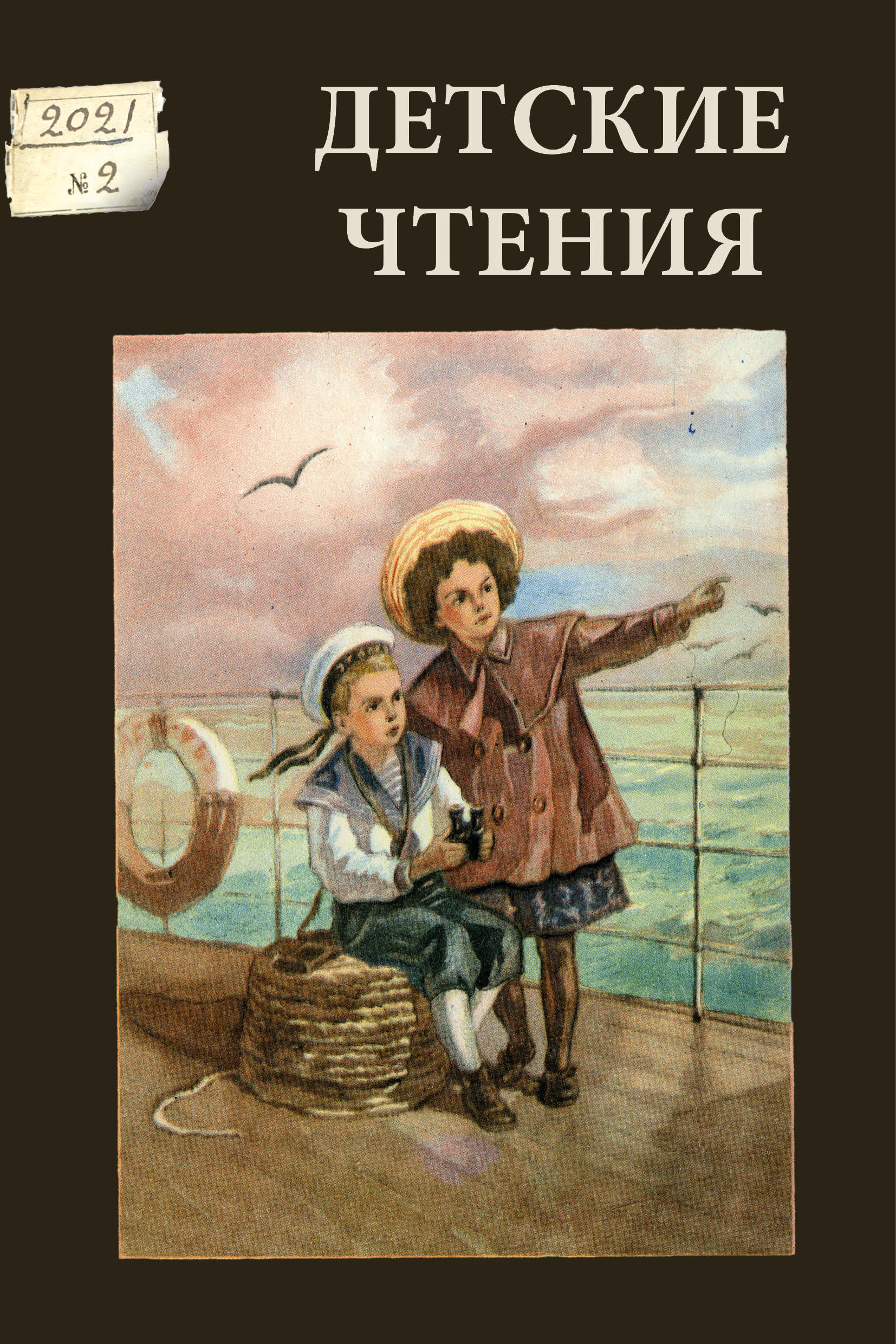Pochta: Circulation, Delivery, Return
DOI:
https://doi.org/10.31860/2304-5817-2021-2-20-308-322Abstract
In this excerpt from Picturing the Page: Illustrated Children’s Literature
and Reading Under Lenin and Stalin (University of Toronto Press, 2020),
Megan Swift examines the history of two poems by S. Ya. Marshak’s Mail
(1927) and Wartime Mail (1944), focusing not only on the transformation of subjects and images, but also on the visual component of the publications. The author traces how the story of mail, created in the late 1920s, gets a new sounding in the poetic continuation created in wartime. Marshak’s books link generations and mediate between the past and the present. Illustrations by Mikhail Tsekhanovskii, created in 1927, and illustrations by Adrian Ermolaev in 1944 offer different interpretations of the plot and the image of the characters, coinciding with the ideas of the poems. Sequelization is seen here as a technique capable of giving new meanings to already well-known stories by referring the reader to the original text. The author hypothesizes
that the first readers of Mail of 1927, and wartime children readers whose parents were already familiar with this book by Marshak, were united by these two works and their visual readings.
Keywords: Soviet children’s literature, picture books, wartime literature,
sequels, child readers, memory







